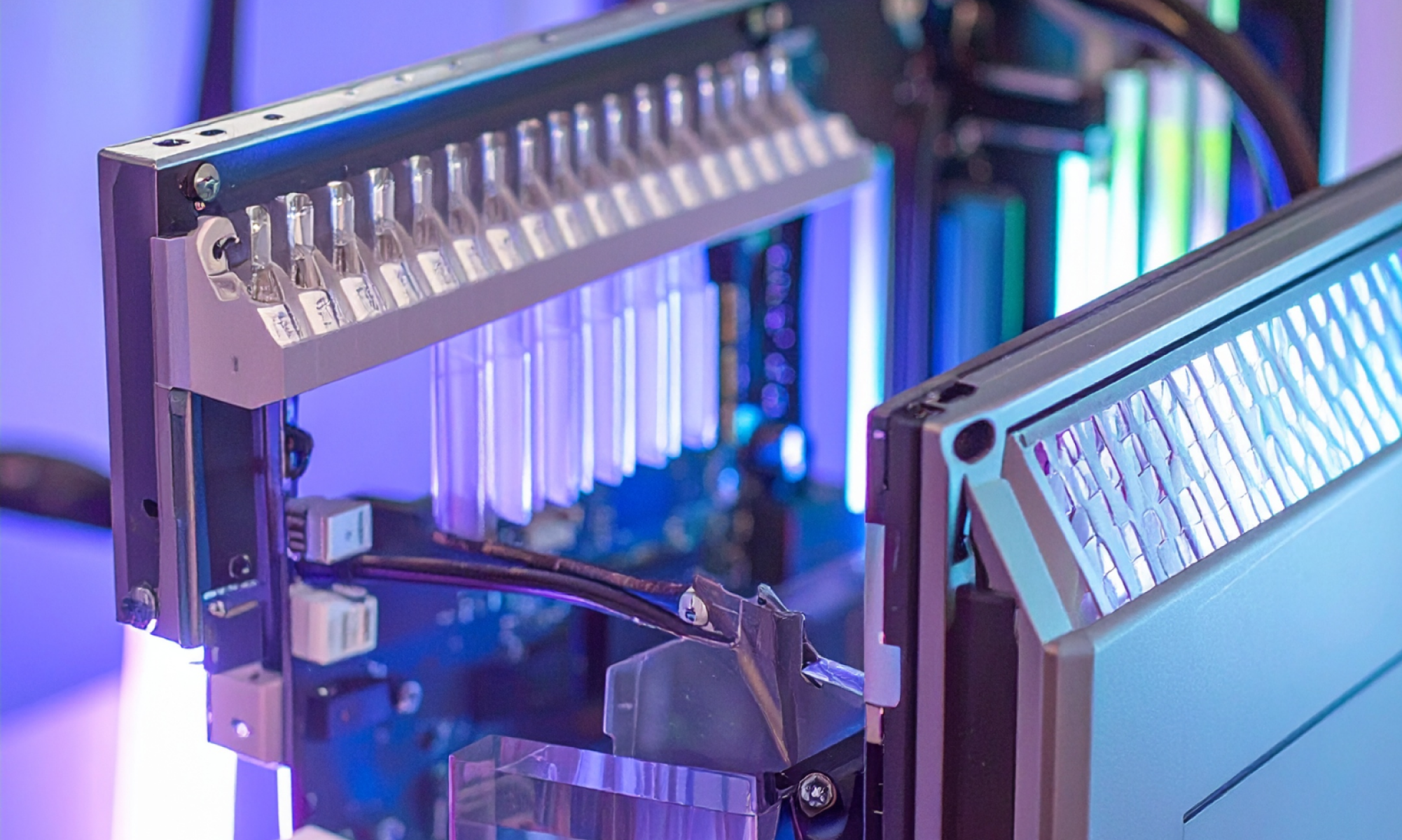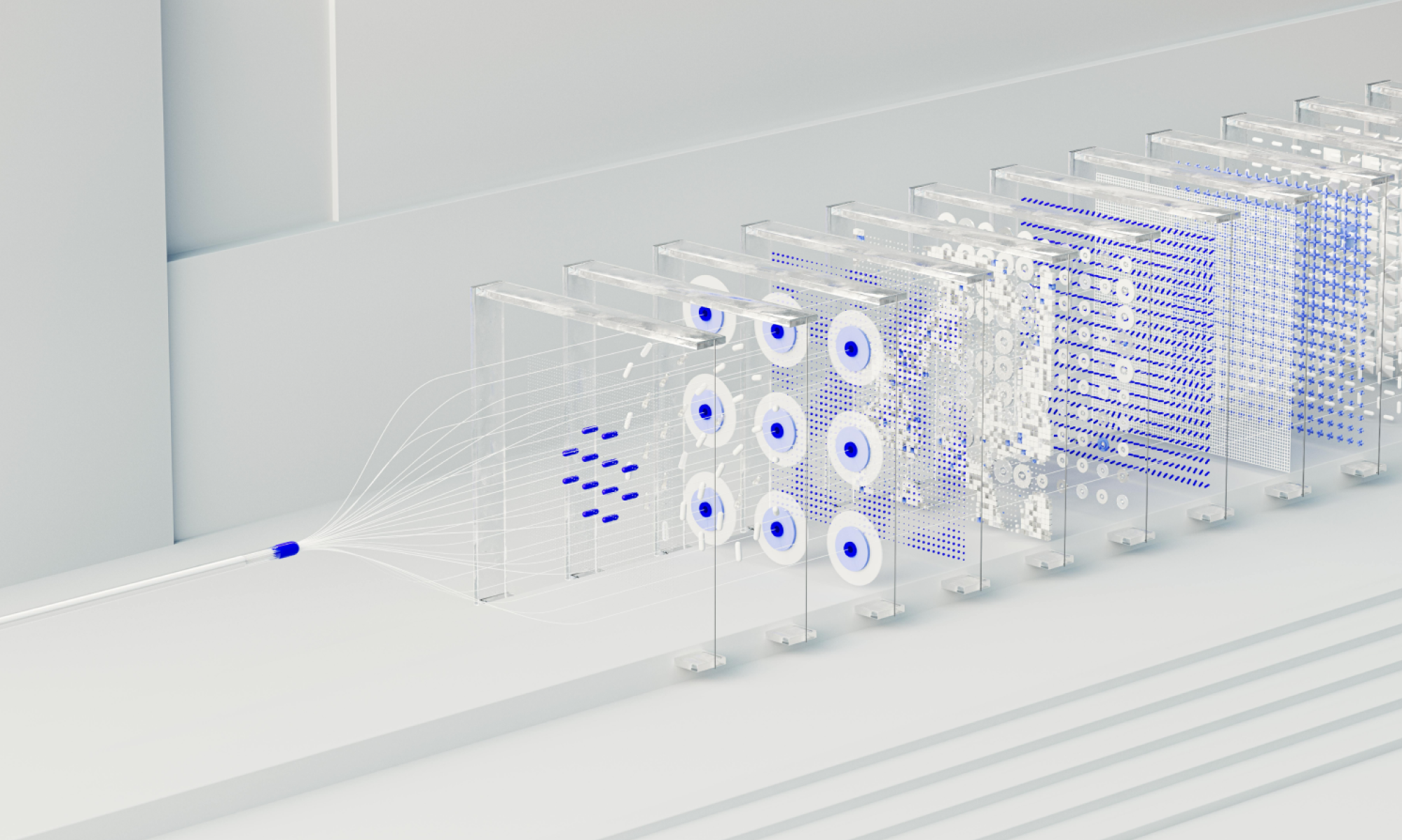AI
our blog
How AI Is Changing the Game for Automation Testers

Automation testing has always been essential for shipping quality software at speed. But even the best testers can hit blockers - complex logic, tight deadlines, unfamiliar tools, or just the ongoing grind of keeping frameworks up to date.
That’s starting to shift. Quietly but powerfully, AI is changing how we test, how we build and how we think. Speaking from experience, this isn’t just a trend. AI is becoming part of the team.
In the past, tackling something fiddly, like calculating a compound EMI or validating a messy, nested JSON, could mean hours of research, trial and error, and digging through docs. Now? AI tools like ChatGPT can help break it down, generate the right code and even explain it - all in a matter of seconds.
Something that once felt like a blocker becomes just another item ticked off the list. No one knows every framework or language. But projects don’t always wait for you to skill up.
AI helps bridge the gap. Need to write a test in Python, generate assertions in Java, or tweak a config in Playwright or Cypress? AI becomes a sort of on the fly assistant, helping you contribute quickly and confidently, even outside your usual comfort zone.
Spinning up a new test framework used to be a manual, time consuming job. Folder structures, dependencies, report configs - it all took work.
Now, AI tools can generate a clean boilerplate setup in minutes, often with sensible defaults and best practices already baked in. That means less time fiddling, more time focusing on the right structure from day one.
The biggest shift? It’s not just in what we do, but how we think. When AI handles the boilerplate and even suggests smarter ways to structure tests, it frees testers up to think more strategically.
We start asking different questions:
- Are we covering the right scenarios?
- What risks are we missing?
- How should this scale as the product grows?
It’s a move away from reactive testing, toward proactive quality engineering.
Of course, AI doesn’t always get it right. It might offer outdated syntax, miss context or suggest things that don’t quite fit. But that’s where human expertise comes in. The best results come when testers use AI as a starting point, then shape it into something solid.
AI can boost speed and reduce overhead, but it’s your judgment that makes it work.
The pace of change is fast. And we’re heading toward a future where self healing tests adapt automatically to UI changes, predictive test generation highlights likely failure points and coverage analysis gets smarter, showing what we’ve missed. Even risk based testing is starting to adapt based on real user behaviour.
Finally AI isn’t here to replace automation testers. It’s here to back us up - to help us move faster, work smarter and focus on the bits that actually need our attention. It’s an exciting time to be in testing. And honestly, it feels like we’re just getting started.









